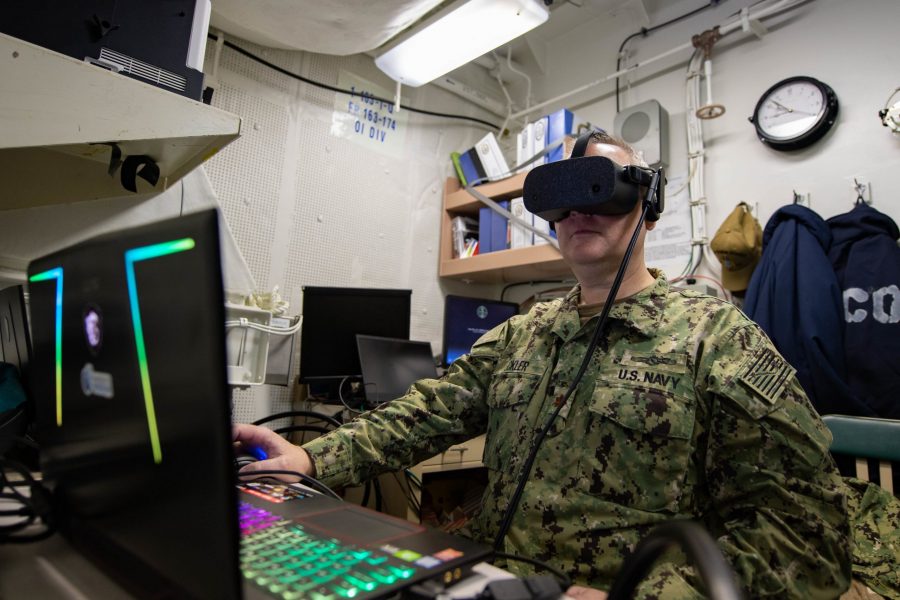The Air Force wants to boost its investment in the Advanced Battle Management System, more than doubling funding for the effort in fiscal 2021 to $302.3 million.
For 2020, the service wanted to put $136.5 million toward what is now called Joint All-Domain Command and Control. The uptick in 2021 reflects the progress researchers are starting to make and leaders’ optimism the idea will bear increasingly more fruit over the next few years.
In 2021, the Air Force hopes to be able to move from demonstrations to concrete lines of effort that deliver the most promising technologies to Airmen.
“This funding will develop the network on multiple fronts through rapid iterations creating a system of systems as we go and conducting operational demos every four months to rapidly integrate lessons learned,” Maj. Gen. John Pletcher, the Air Force’s deputy assistant budget secretary, told reporters Feb. 10. “Eventually what you see us doing in ‘21 is continuing those on-ramps.”
While ABMS’s total cost is still evolving, the Air Force projects it will spend $3.3 billion through fiscal 2025 to connect its assets in new ways and adopt advances in data-sharing, autonomy, and artificial intelligence. Top officials argue it’s a more cost-effective proposition than buying new planes dedicated to the battle management mission, like the now-canceled E-8C Joint Surveillance Target Attack Radar System replacement effort planned to do.
The budget breaks ABMS initiatives into seven categories:
- Digital architectures, standards, and concept development
- Sensor integration
- Multi-domain data management
- Multi-domain secure processing
- Multi-domain connectivity
- Multi-domain applications
- Effects integration, which encompasses “open smart munitions,” attritable aircraft, and “real-time updates to mission data files to improve electronic warfare system performance.”
The Air Force will explore developments in those areas through demonstrations in December 2020 and April and August 2021, plus smaller-scale events in between.
Also in 2021, the service plans to start installing an airborne communications gateway onto the XQ-58 Valkyrie, an unmanned aircraft the Air Force is considering to be a wingman alongside more advanced fighter jets. Gateway hardware is also in development for the KC-46 tanker, according to USAF budget documents.
Fiscal 2021 will bring the “first test of [a] radar testbed, expansion of [a] multi-level secure tablet to additional security levels, first operational test of edge processing hardware for disconnected/disadvantaged operations, laboratory test of wideband radios and apertures, initial design of sensor payloads for attritable aircraft, [and] additional technology development and integration based on emerging technology and warfighter needs.”
Preston Dunlap, the Air Force’s chief architect, and his office are managing the rollout of new tools across the service’s myriad program offices, rather than relying on individual offices to piece their own systems together.
